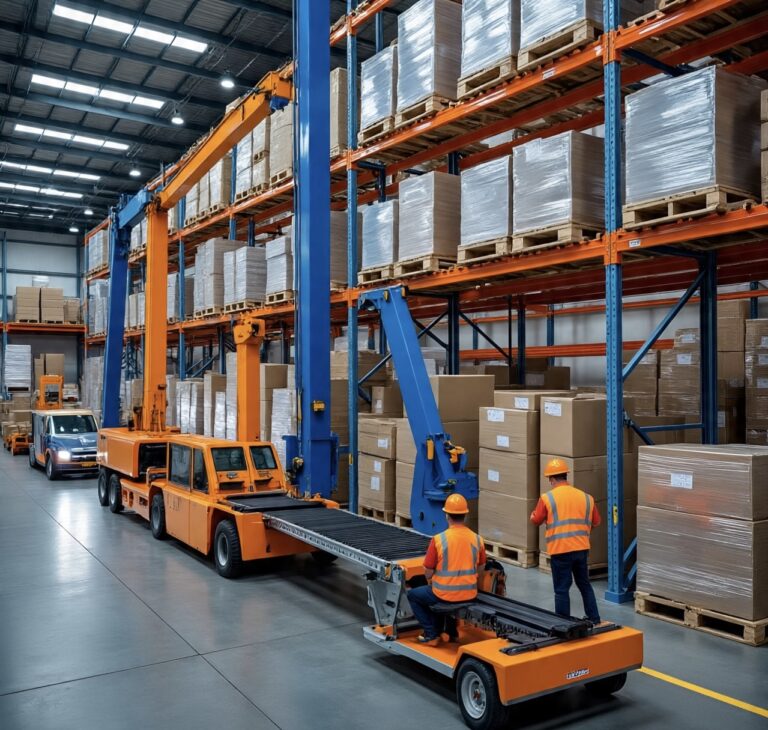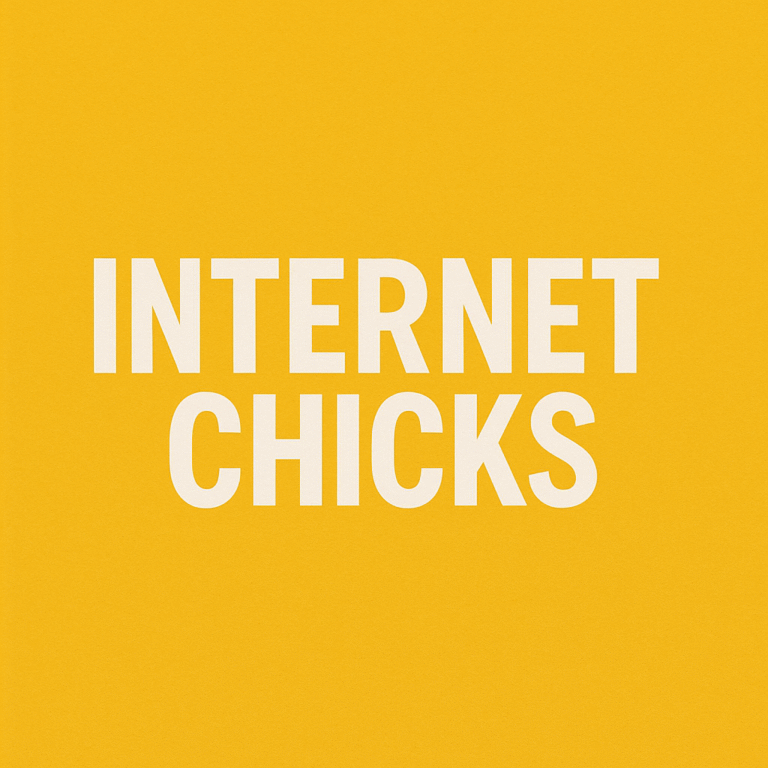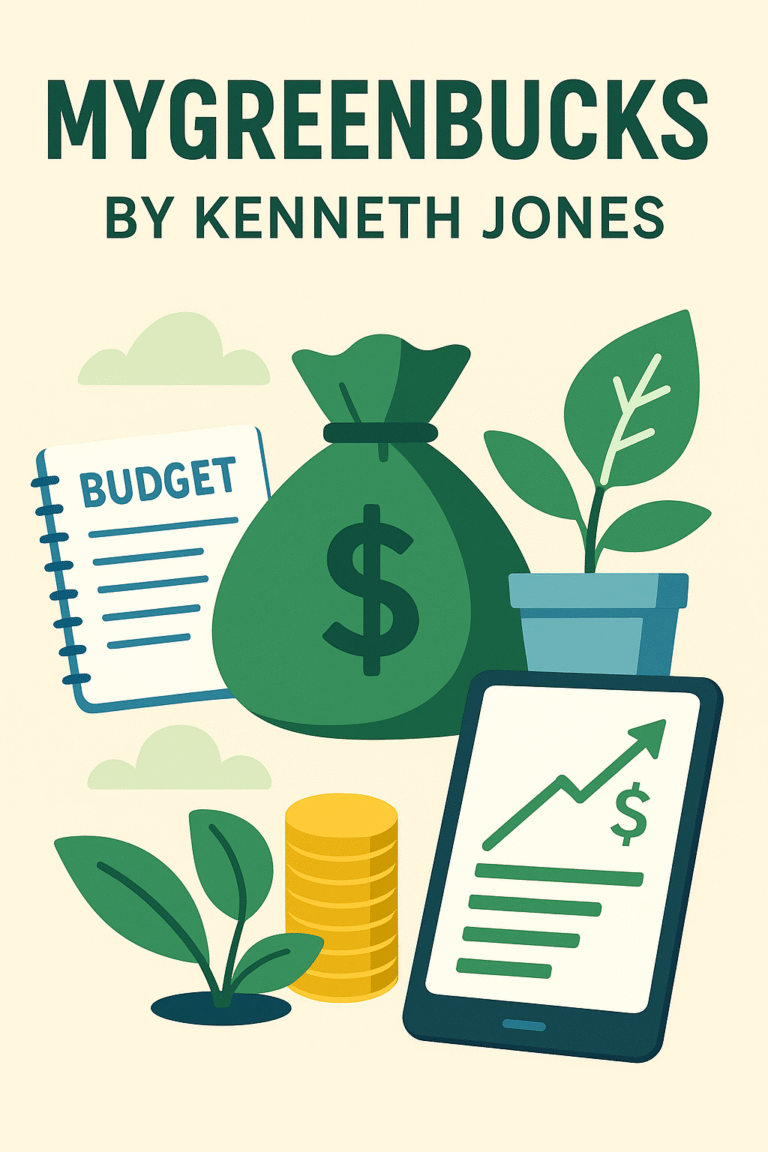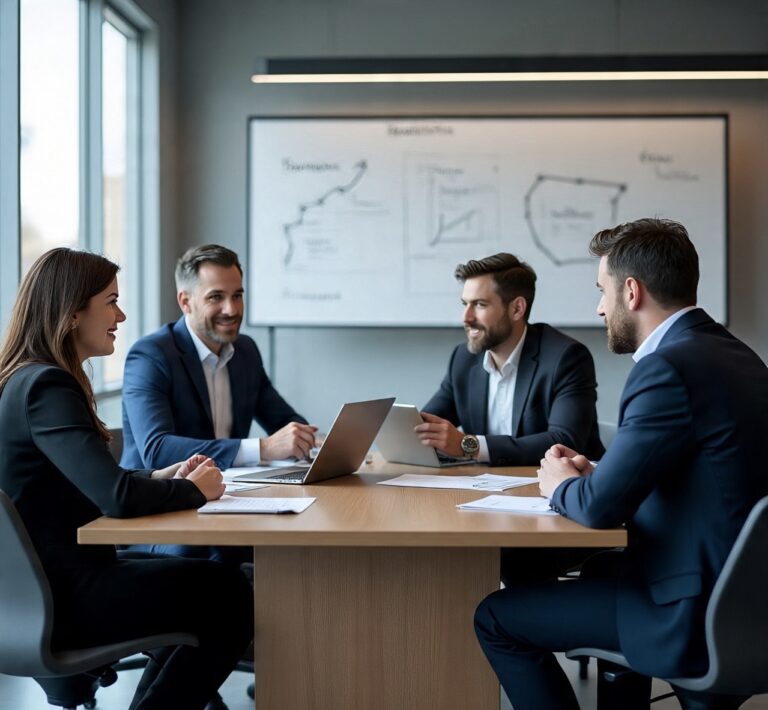Storefront Signs: Design, Ideas & Tips to Elevate Your Brand
Transform your business with powerful storefront signs. Learn about design psychology, sign types, and get 50+ ideas to attract more customers & elevate your brand.
A customer’s first in-person touchpoint with your brand is often your storefront sign. Consistency in color, typography, and tone between your sign and your other marketing materials reinforces brand recognition and trust.
A compelling sign is a powerful tool for customer acquisition. In fact, approximately 60% of consumers say they have entered a business because a sign caught their eye. Furthermore, 29% of shoppers make store choices based on the information communicated by signs, making them a crucial driver of foot traffic.
On-premise signage is one of the most cost-effective marketing tools available. Research shows that 34% of North American shoppers associate sign quality with store and product quality. A high-quality sign, therefore, not only attracts customers but also builds perceived value and trust in your brand.
|
Key Insight: A national study found 35% of shoppers first discover a business because of its sign. This highlights its role not just in branding but as a primary driver of new foot traffic and customer acquisition. |
Design Psychology 101
Color and Contrast
The colors you choose can evoke specific emotions and improve readability.
Font Selection
Typography plays a key role in how your message is perceived and understood.
Size, Placement, and Viewing Angles
The physical characteristics of your sign determine its effectiveness from various distances.
|
Pro Tip: For optimal roadside readability, follow a simple rule: use one inch of letter-height for every twenty-five feet of viewing distance. This ensures your message is clear and effective from afar. |
Types of Storefront Signs
Channel Letter Signs
These signs feature individually cut letters with internal LED illumination. They offer high visibility after dark and are fully customizable to match any brand aesthetic.
Lightbox / Cabinet Signs
A graphic face panel is illuminated from within a box or cabinet. This is a cost-effective solution for changing messages, as you only need to swap the acrylic faces.
Neon & LED Neon Signs
Known for their vibrant, attention-grabbing glow, neon signs create a memorable impression. Modern LED neon offers lower energy use and a longer operational life than traditional glass tubes.
Dimensional Letters
Routed or cast letters without internal lighting create depth and shadows for a sophisticated look. They are ideal for upscale retail and professional offices that want a premium feel. Exploring options like 3D metal backlit storefront signs from Signs.inc can provide inspiration for elevating a brand’s physical presence.
Monument Signs
These are ground-level structures that double as wayfinding and branding tools. They are frequently installed at the entrances to plazas, business parks, and medical campuses.
Blade or Projecting Signs
Mounted perpendicular to a building facade, blade signs are designed for sidewalk visibility. They pair well with historic districts or narrow, pedestrian-heavy streets.
Window Graphics & Vinyl Lettering
This is a quick-to-install and easy-to-update option for seasonal promotions or displaying store hours. Using perforated film maintains interior light and outward visibility for those inside.
Awnings & Canopies
Awnings provide weather protection for customers while showcasing brand colors and logos. Adding down-lighting underneath ensures nighttime readability and a welcoming glow.
Temporary / Banner Options
Banners are ideal for grand openings, special sales, and short-term events. Use premium vinyl materials to prevent curling and fading for a professional appearance.
Comparison Table
|
Sign Type |
Visibility |
Estimated Lifespan |
Maintenance Needs |
|
Channel Letters |
High |
7–10 yrs |
Moderate |
|
Lightbox/Cabinet |
Medium |
5–7 yrs |
Low |
|
LED Neon |
High |
10+ yrs |
Low |
|
Dimensional Letters |
Medium |
10+ yrs |
Very Low |
|
Monument |
Medium |
15+ yrs |
Moderate |
|
Blade/Projecting |
High |
7–10 yrs |
Low |
|
Window Graphics |
Low-Med |
1–3 yrs |
Very Low |
|
Awnings/Canopies |
Medium |
5–8 yrs |
Moderate |
|
Temporary Banners |
Low |
<1 yr |
Very Low |
From Concept to Installation: A Step-by-Step Guide
Ideation and Brand Alignment
Start with a mood board that combines your logo, color palette, and any architectural features of your storefront. Aim for visual cohesion so the sign feels like a natural extension of your space rather than an afterthought.
Working With a Professional Designer
Experienced fabricators translate creative ideas into construction-ready shop drawings. Providing vector art and brand guidelines upfront can significantly shorten the design cycle.
Materials and Illumination Choices
Aluminum resists rust and is lightweight, making it a popular choice. Stainless steel adds a touch of luxury but increases the cost. LED backlighting outperforms fluorescent tubes by as much as 70 percent in energy savings.
Navigating Local Codes and Permits
Every jurisdiction sets limits on sign size, lighting, and placement. Always check with your local planning department well before fabrication begins to understand specific requirements.
Safe Installation and Ongoing Maintenance
Certified installers use load calculations to ensure mounting hardware can handle wind and seismic activity. Schedule annual inspections to tighten anchors and replace aging power supplies before outages occur.
|
Important: Always check with your local planning department for sign codes *before* fabrication begins. Skipping this critical step can lead to costly project delays, fines, and even mandated removal of the finished sign. |
Audience-Specific Sign Strategies
Mom-and-Pop Single Location Stores
Lean on versatility. A combination of LED channel letters for primary branding and a changeable window graphic for promotions can stretch limited budgets effectively.
Multi-Location Regional Chains
Standardize brand guidelines, then adjust sign size and illumination to meet each city’s requirements. Consistency across locations helps customers recognize you instantly.
National Brands Rebranding or Expanding
Phase rollouts to prioritize high-traffic markets first. Using modular letter sets lets you update individual locations quickly without a full replacement.
Property Managers and Landlords
Invest in neutral monument bases where tenant panels can be swapped out easily. This approach retains property value while keeping vacancies attractive to potential businesses.
Real-World Success Snapshot
A neighborhood café in Santa Barbara upgraded a fading plywood sign to internally illuminated channel letters. Foot traffic counters at the entrance recorded a 28 percent increase in walk-ins within six weeks. The owner attributes the spike to improved nighttime visibility and a more modern aesthetic.
Putting Your Sign Plan into Action
Step-by-Step Timeline
Measuring Success
To understand the return on your investment, track key performance indicators.
FAQs: Common Questions About Storefront Signs
How long does a custom storefront sign project take?
Most projects run six to eight weeks from concept to completion. However, permitting can extend timelines in historic districts or complex jurisdictions.
What maintenance is required for illuminated signs?
Annual cleaning and a quick LED driver check will extend the sign’s lifespan. This simple maintenance helps prevent unexpected outages, ensuring it always looks its best.
How much should I budget?
Costs vary widely. Small vinyl window sets can start at a few hundred dollars, while large, illuminated channel letters may range from four to five figures, depending on complexity.
Can I reuse existing sign structures?
Yes, provided the cabinet or frame meets current code and is structurally sound. Retrofitting old fluorescent cabinets with modern, energy-efficient LED modules is a common and cost-effective upgrade.
Do signs need a city inspection?
Most illuminated or projecting signs require electrical and structural inspections. It is crucial to consult your local code early in the process to avoid delays and fines.
Does signage really affect impulse visits?
Absolutely. Studies indicate that approximately 60 percent of consumers have entered a store they had never visited before based solely on its signage.
The Path Forward
A strategic storefront sign is more than just a label; it is a 24/7 brand ambassador. It works tirelessly to attract customers, showcase your quality, and drive revenue for your business.
Whether you opt for vintage neon, sleek halo-lit letters, or sustainable wood accents, the right design is key.
Ensure your final choice aligns with your brand personality and meets all local regulations. Use the ideas here as inspiration and track your results to refine your visual presence over time.






